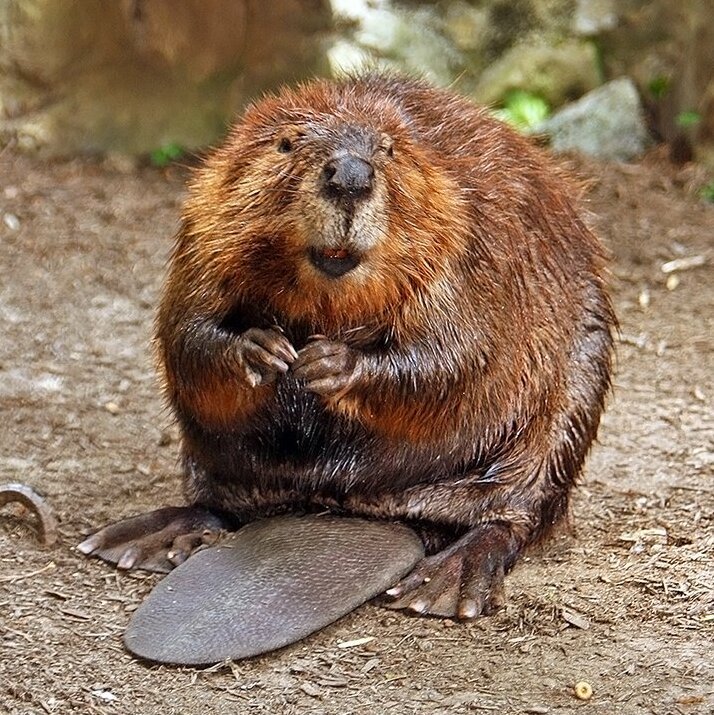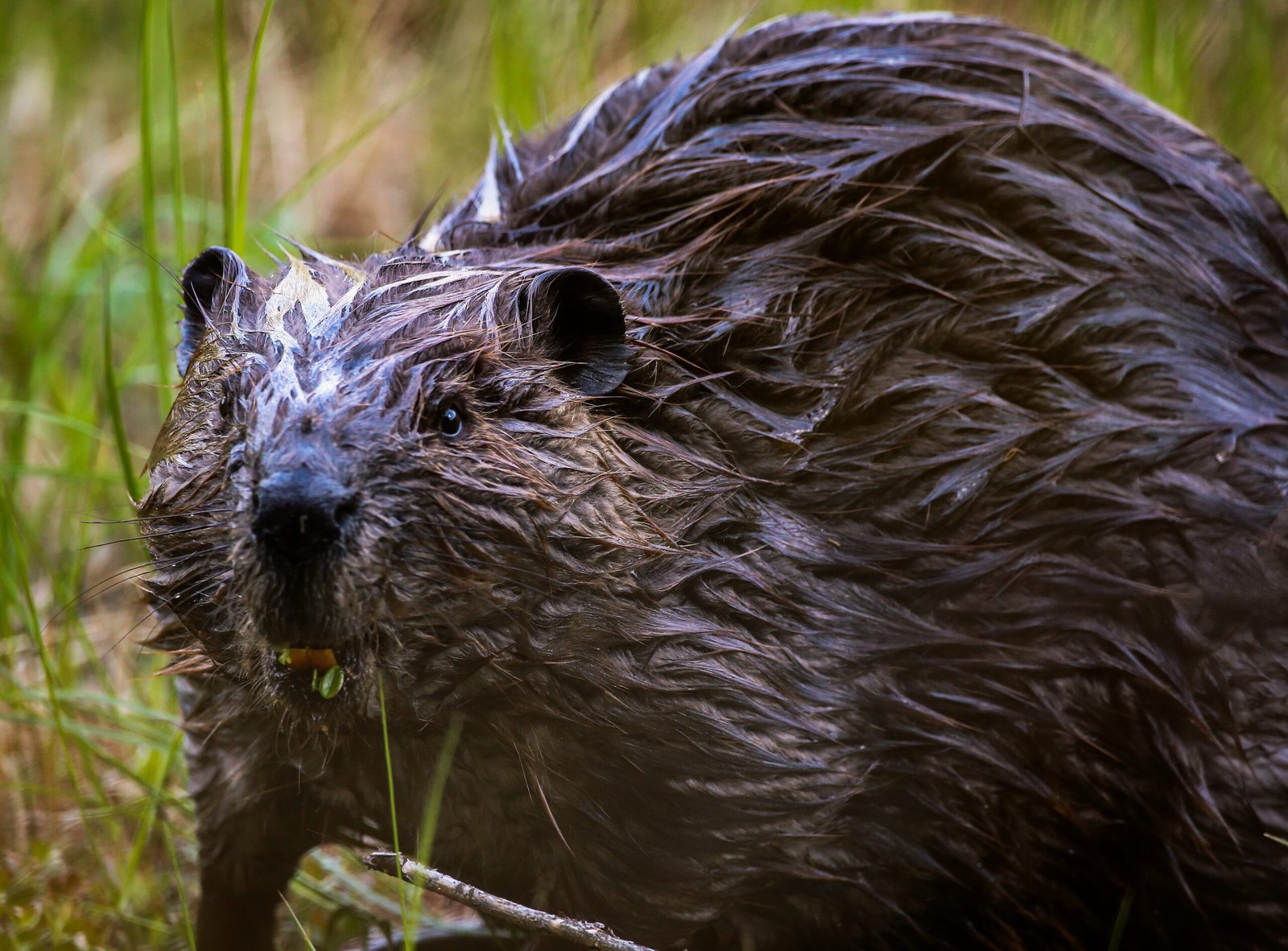Imagine wandering through a tranquil woodland at dusk, the air heavy with the scent of moss and the sound of a gentle stream. Suddenly, you spot a marvel of animal engineering—a beaver dam stretching across the water, transforming a flowing creek into a peaceful pond. These structures aren’t just impressive; they’re a testament to ingenuity in the wild, built by animals barely bigger than a housecat. But what drives beavers to construct these watery barricades, and how have they evolved a remarkable ability to detect even the smallest leaks? The answers are as fascinating as the animals themselves.
The Ingenious Purpose Behind Beaver Dams

Beavers don’t build dams for fun or simply to show off their skills. There’s a deep-seated survival instinct behind every stick and stone placed in the water. By creating dams, beavers slow down streams, causing water to pool and form ponds. These ponds offer safety from predators, like coyotes and bears, who find it much harder to sneak up on beavers swimming in deep water. The ponds also provide easy access to the beaver’s underwater lodge, where entrances remain hidden beneath the surface, keeping the family safe. Additionally, these watery homes make storing food much more manageable, as beavers can drag branches and twigs into their ponds for later consumption. Without these dams, beavers would be far more vulnerable and less able to thrive.
How Beavers Choose Their Building Sites
Not every stream or river is destined to host a beaver dam. Beavers are surprisingly picky architects. They look for locations with slow-moving water and a reliable source of food—usually a healthy supply of willow, aspen, birch, or other tasty trees. The site also needs to have banks that are easy to dig into for their lodges. If a place is too rocky or the water too swift, beavers will move on in search of better conditions. This selectivity shows just how in tune beavers are with their environment, always seeking spots where their hard work will have the greatest effect. It’s like a family choosing the perfect spot to build their dream house, but with the added challenge of survival riding on every decision.
The Building Process: From Sticks to Strongholds
Constructing a dam is no small feat for a beaver. It starts with collecting materials—branches, mud, stones, and even aquatic plants. Beavers use their strong teeth to cut down trees and their nimble forepaws to drag and position branches. The process is methodical and coordinated, often involving the whole family. They weave sticks together, plugging gaps with mud and leaves to create a watertight barrier. The result is a structure that can hold back thousands of gallons of water, sometimes stretching for hundreds of feet. Even small dams require constant maintenance, as the flow of water and weather can quickly erode their work. It’s a never-ending construction project, but one that’s vital for their survival.
Family Teams: The Beavers’ Cooperative Spirit
Building a dam isn’t a solo mission. Beavers are highly social animals, and the whole family pitches in. Adult beavers teach their kits how to gather materials, patch leaks, and maintain the dam. This teamwork helps the family bond and ensures that young beavers learn essential survival skills. The cooperation doesn’t stop at construction; beavers also share responsibilities for guarding their territory, collecting food, and grooming each other. This social structure is similar to a close-knit human family, where everyone has a role to play and success depends on working together. The result is a strong, resilient group capable of weathering storms—literally and figuratively.
Why Dams Matter: Safety, Food, and More
The benefits of a beaver dam extend far beyond simple shelter. Deep water protects beavers from predators that can’t swim or dive, like wolves or foxes. The pond also acts as a refrigerator, allowing beavers to store branches underwater for winter meals. During the colder months, when the world above is frozen, these submerged food caches become a lifeline. The dam’s effect on the landscape is profound, too—it raises the water table, creates wetlands, and provides habitats for countless other animals. Frogs, fish, birds, and insects all thrive in the beaver’s engineered environment. In a way, beavers are unsung heroes, quietly shaping the ecosystem for everyone’s benefit.
The Science of Leak Detection: Ears to the Water

Perhaps the most astonishing aspect of beaver engineering is their ability to detect leaks. Beavers are experts at listening for the sound of running water. This sound acts like an alarm bell, signaling that water is escaping where it shouldn’t. Scientists have observed beavers responding quickly to the faintest trickle, zeroing in on the source and patching it with mud and sticks. Their sensitivity is so acute that experiments with hidden speakers playing the sound of running water—without any actual leak—prompted beavers to build patches over the speakers themselves. This shows that their ears, not just their eyes, are key tools in maintaining their watery homes.
Constant Vigilance: A Never-Ending Battle Against Leaks
The fight against leaks is a daily ritual for beavers. Streams and rivers are unpredictable, with water levels rising and falling, debris floating down, and storms threatening to wash everything away. Beavers patrol their dams regularly, feeling for weak spots with their paws and ears. When they hear the telltale sound of dripping or rushing water, they spring into action, plugging holes before they can become disasters. This constant maintenance is crucial; a small leak can quickly turn into a breach, draining the pond and exposing the family to danger. For beavers, vigilance isn’t just a habit—it’s a way of life.
The Role of Sound: Nature’s Leak Alarm
Sound is more important to beavers than sight when it comes to dam repair. Water flowing through even the tiniest crack makes a distinctive noise, one that beavers can’t ignore. It’s as if nature installed an alarm system in their dams, alerting them to problems before they become catastrophic. Researchers have found that beavers will even try to “repair” areas where the sound of running water is faked, showing just how deeply wired this response is. This unique adaptation helps beavers maintain some of the most complex animal-built structures in nature, rivaling even human-made dams in their effectiveness.
Beavers as Ecosystem Engineers
Beaver dams don’t just benefit beavers—they transform entire landscapes. By slowing down water, dams reduce erosion, recharge groundwater, and create wetlands that support a staggering variety of life. Migratory birds, amphibians, and fish all rely on beaver ponds for breeding, feeding, and shelter. These wetlands act as natural filters, cleaning pollutants from the water and improving its quality downstream. In some areas, the return of beavers has sparked a renaissance in local ecosystems, bringing back species that had disappeared decades earlier. It’s no exaggeration to say that beavers are among nature’s greatest engineers, shaping the world in ways few animals can match.
What We Can Learn from Beavers
The beaver’s story is more than just an animal tale—it’s a lesson in perseverance, adaptation, and the power of teamwork. Their ability to listen for leaks and respond with relentless determination reminds us of the importance of paying attention to small problems before they become big ones. Beavers also teach us about the interconnectedness of life; their work benefits not just themselves, but countless other creatures as well. By watching and learning from beavers, we gain a deeper appreciation for the delicate balance of nature and the ingenuity that drives survival in the wild.
Beavers have been called nature’s engineers, and with good reason. Their dams are masterpieces of design and maintenance, built with a purpose and upheld with tireless effort. Next time you walk by a pond and hear the gentle rush of water, pause and think—could a beaver be quietly listening, ready to patch a leak that you can’t even see?



